PH2003:0226
architecture
ca. 1936
architecture
PH1987:0452.02:044
architecture, sculpture
1901 or before
architecture, sculpture
AR1997:0005:004:029
architecture
1930s
architecture
PH1997:0058
Description:
- The series "Running Fence 1997" focuses "on the first 14 miles of the border fence that separates the United States and Mexico, beginning at the Pacific Ocean and ending in the Otay Mountains.... [It] analyzes the "idea" of the border and explores its iconography, the border being a subject that is of extreme importance to the public as the world proceeds towards greater globalization. [Geoffrey] James has written of the project: "[The border fence] was built by the US Army Corps of Engineers in 1994, out of recycled metal landing strip - the most visible symbol of what is known as Operation Gatekeeper. Because the steel sheets are placed in the ground so that their ridges run horizontally, a man can hop over the fence with ease; and no Mexican child ever seems to be impeded from retrieving a soccer ball from US territory. The real barrier to illegal immigration from Mexico into the USA is less visible: hundreds of buried sensors linked to a central computer, nightscopes, helicopters and Border Patrol Agents in white Broncos."" (Evans).
architecture, engineering
1997
View of houses under construction, Mesa de Otay, Tijuana, Baja California, Mexico
Actions:
PH1997:0058
Description:
- The series "Running Fence 1997" focuses "on the first 14 miles of the border fence that separates the United States and Mexico, beginning at the Pacific Ocean and ending in the Otay Mountains.... [It] analyzes the "idea" of the border and explores its iconography, the border being a subject that is of extreme importance to the public as the world proceeds towards greater globalization. [Geoffrey] James has written of the project: "[The border fence] was built by the US Army Corps of Engineers in 1994, out of recycled metal landing strip - the most visible symbol of what is known as Operation Gatekeeper. Because the steel sheets are placed in the ground so that their ridges run horizontally, a man can hop over the fence with ease; and no Mexican child ever seems to be impeded from retrieving a soccer ball from US territory. The real barrier to illegal immigration from Mexico into the USA is less visible: hundreds of buried sensors linked to a central computer, nightscopes, helicopters and Border Patrol Agents in white Broncos."" (Evans).
architecture, engineering
PH1981:0324
architecture
1980
View of a utility pole with unidentified buildings in the background, Oaxaca, Mexico
Actions:
PH1981:0324
architecture
textual records
ARCH274014
1978
textual records
1978
PH1997:0054
Description:
The series "Running Fence 1997" focuses "on the first 14 miles of the border fence that separates the United States and Mexico, beginning at the Pacific Ocean and ending in the Otay Mountains.... [It] analyzes the "idea" of the border and explores its iconography, the border being a subject that is of extreme importance to the public as the world proceeds towards greater globalization. [Geoffrey] James has written of the project: "[The border fence] was built by the US Army Corps of Engineers in 1994, out of recycled metal landing strip - the most visible symbol of what is known as Operation Gatekeeper. Because the steel sheets are placed in the ground so that their ridges run horizontally, a man can hop over the fence with ease; and no Mexican child ever seems to be impeded from retrieving a soccer ball from US territory. The real barrier to illegal immigration from Mexico into the USA is less visible: hundreds of buried sensors linked to a central computer, nightscopes, helicopters and Border Patrol Agents in white Broncos."" (Evans).
architecture, engineering
1997
View of dirt road and dwelling showing a partial view of United States-Mexico border fence, San Diego County, California, United States and Colonia Libertad, Tijuana, Baja California, Mexico
Actions:
PH1997:0054
Description:
The series "Running Fence 1997" focuses "on the first 14 miles of the border fence that separates the United States and Mexico, beginning at the Pacific Ocean and ending in the Otay Mountains.... [It] analyzes the "idea" of the border and explores its iconography, the border being a subject that is of extreme importance to the public as the world proceeds towards greater globalization. [Geoffrey] James has written of the project: "[The border fence] was built by the US Army Corps of Engineers in 1994, out of recycled metal landing strip - the most visible symbol of what is known as Operation Gatekeeper. Because the steel sheets are placed in the ground so that their ridges run horizontally, a man can hop over the fence with ease; and no Mexican child ever seems to be impeded from retrieving a soccer ball from US territory. The real barrier to illegal immigration from Mexico into the USA is less visible: hundreds of buried sensors linked to a central computer, nightscopes, helicopters and Border Patrol Agents in white Broncos."" (Evans).
architecture, engineering
PH1981:0220
Description:
- Labels attached to the verso of photographs PH1981:0217 - PH1981:0220 were removed at the time of conservation by David Kolody in June, 1983 (Kolody).
architecture, sculpture
1932 or 1946
View of the Temple of Two Lintels, Chichén Itzá Site, Yucatán, Mexico
Actions:
PH1981:0220
Description:
- Labels attached to the verso of photographs PH1981:0217 - PH1981:0220 were removed at the time of conservation by David Kolody in June, 1983 (Kolody).
architecture, sculpture
PH1987:0452.02:063
architecture, sculpture
1901 or before
View of the Church of Nuestra Señora de la Soledad, Puebla, Mexico
Actions:
PH1987:0452.02:063
architecture, sculpture
PH2003:0218
architecture
ca. 1936
View of people and a gateway, Seminario de San Martín [?], Tepoztlán, Mexico
Actions:
PH2003:0218
architecture
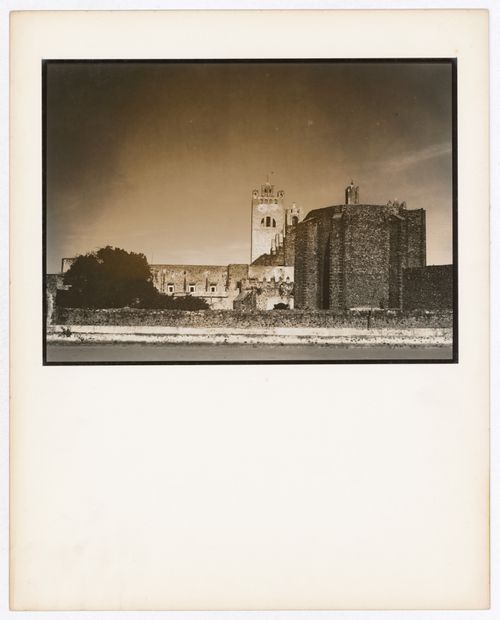
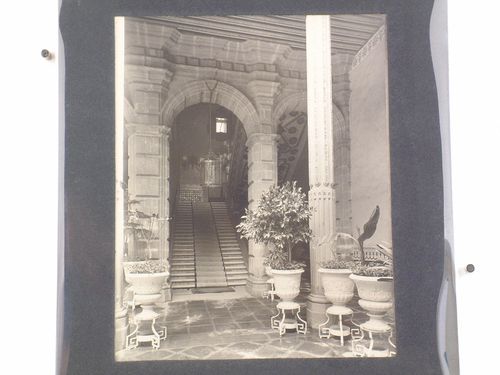
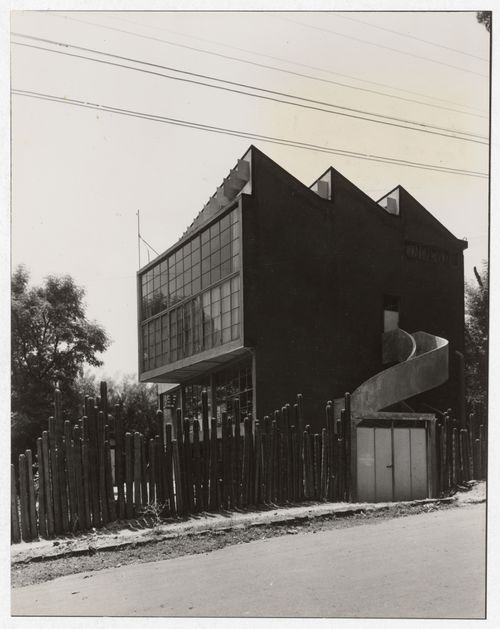
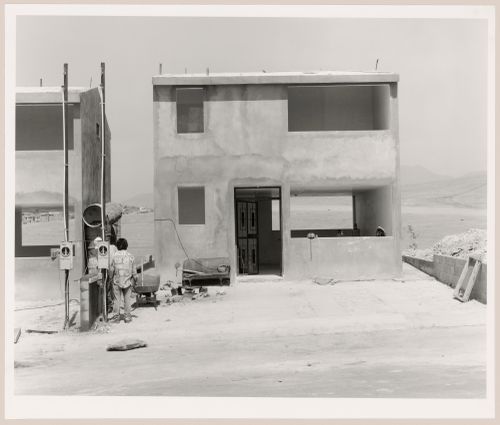
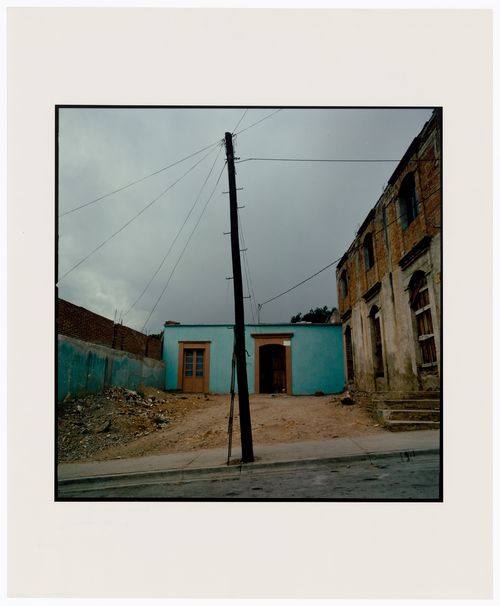

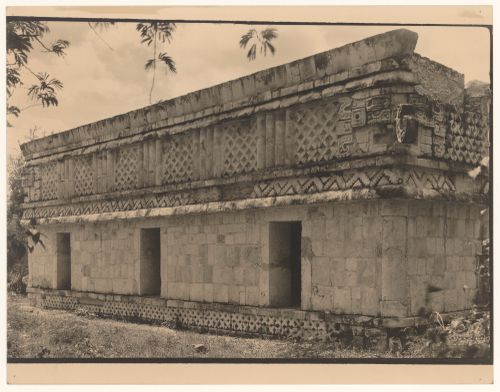
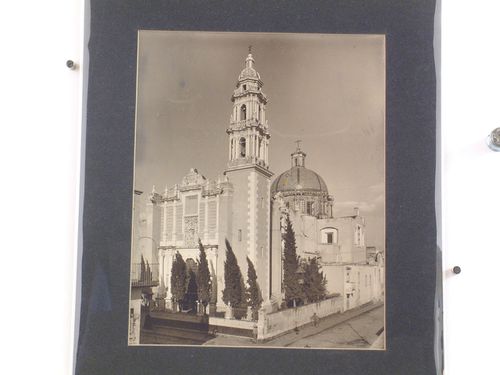
![View of people and a gateway, Seminario de San Martín [?], Tepoztlán, Mexico](/img-collection/6oQXGvMXwYHrCVmaA9Aoo3M-xVE=/500x640/354589.jpg)